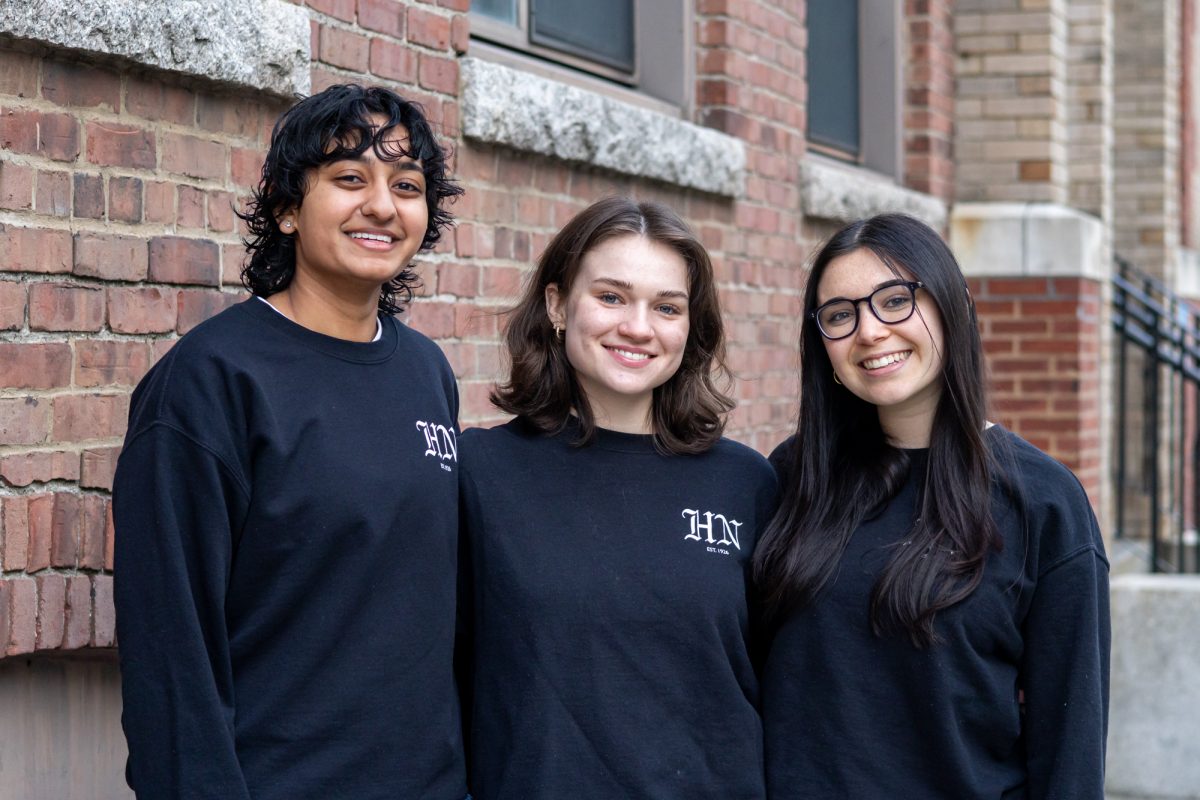By Madelyn Stone, News Staff
When it comes to descriptions like “private” and “nonprofit,” a new report indicates that universities can play it a little loose.
Although Northeastern, along with hundreds of other private colleges and universities across the country, is an independent institution, its private status does not prevent the school from receiving millions of dollars each year in direct and indirect government support. Figures released in a September report by Boston research organization the Tellus Institute show that Northeastern receives more than $181 million annually in public funding.
The report, “Public Investment in Private Higher Education,” states that “Like many nonprofit institutions of higher education, Northeastern, although a private university, is heavily supported by public funding, both directly and through the effective public subsidies that accompany its tax-exempt status.”
Joshua Humphreys, a fellow at the Institute and co-author of the report, acknowledged that taxpayer support of the school makes sense considering the benefits an institution like Northeastern provides to the community.
“It’s a private university but it takes its public mission very seriously,” Humphreys said. “It has a long tradition through co-op and other programs like that. Especially the law school. [It’s] really putting public purpose at the heart of what they do.”
Humphreys’ concerns arise from the levels of funding the public indirectly provides through the university’s federal, state and city tax exemptions.
By examining the values of Northeastern’s property, bonds, income and expenses, the institute’s methodology calculated the would-be taxes applicable to each category. As the report describes, its final estimation of the value of the university’s tax exemptions shows “most of the taxpaying public’s investment in the school ($94 million) came through largely undocumented subsidies provided by federal, state and local tax exemptions.”
Humphreys said the level of indirect public support the calculations revealed was unexpected.
“We were able to calculate that Northeastern actually receives a larger share of public support from the tax exemptions than from what the federal government actually gives the university directly,” he said. “It’s surprising because no one has ever done this calculation at all.”
While calculating the more opaque federal and state tax exemptions required a degree of estimation, data from Boston’s Payment in Lieu of Taxes (PILOT) program provided specific numbers on Northeastern’s would-be property tax liability, a value of almost $40 million before the deduction of the university’s voluntary $31,000 contribution to the program, according to the Tellus Institute report.
Northeastern’s PILOT to the city reflects a prior university calculation that it provides around $17.6 million in public benefits. Following Mayor Thomas M. Menino’s new guidelines for the program, Northeastern has increased its PILOT for 2012 to $886,000, according to the City’s Fiscal Year 2012 PILOT Recap.
As part of its analysis, the Tellus Institute report considers Northeastern’s services to the community, referencing the concept of a “social compact” between a university and the public.
“Higher education is a public good underwritten generously by taxpayers who rely upon colleges and universities – whether public or private – to provide a public service for the benefit of society as a whole,” the report stated.
Director of Community Relations at Boston City Council Johanna Sena said Northeastern plays an important role in the community, although off campus student housing is an area in need of improvement.
“They do a lot in the community,” Sena said. “I know they do a lot with a lot of the local neighborhood organizations,” she said.
“So they do a good job, but definitely speaking for the community they can do more in comparison.”
Though Sena noted the spatial issues associated with off-campus student housing have caused frustrations in the Mission Hill and Fenway communities, the economics of student spending factor into the university’s community impact.
It was the institute’s analysis of these last elements that caused some concern for Michael Armini, Northeastern’s senior vice president for external affairs. Armini declined to comment on the specifics of the report, but said in an email to The News that “the report’s methodology is deeply flawed.”
Humphreys said he would welcome a critique of the methodology, but noted that a lack of transparency on Northeastern’s part would be the main cause of any discrepancies in the calculations.
“I think it’s going to be challenging for folks to complain about our methodology because we’re very transparent about how we arrive at our figures,” Humphreys said. “Whereas the university, unfortunately – and Northeastern’s not alone – in general nonprofit universities are very opaque about their income and about their sources of revenue.”
Though the sources of the university’s income are not always clear, publicly available financial statements show that Northeastern makes millions of dollars in operating revenues each year.
“Even though schools are nonprofit they do generate profits,” Humphreys said. “That’s one straightforward finding, that Northeastern actually is a very profitable university. And that’s why they get such a large subsidy on income tax, because their operating revenues are really impressive. The net operating revenues at Northeastern last year were nearly $100 million.”
To Humphreys, the magnitude of these revenues reveal a disturbing trend regarding the affordability of higher education.
“The reason why Northeastern makes $100 million in net operating revenues a year is because they charge such excessive tuition, in part,” he said. “And I think that that’s part of the conversation that we want to have. And that’s not about Northeastern being unaffordable, it’s about everywhere being unaffordable.”








